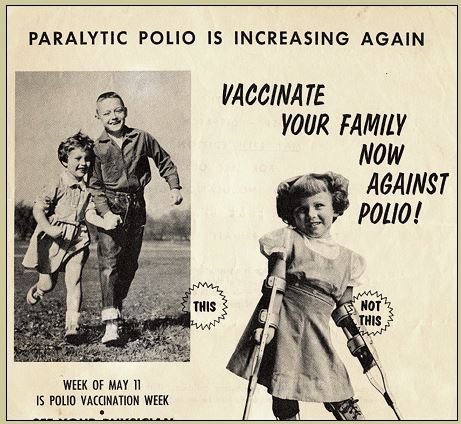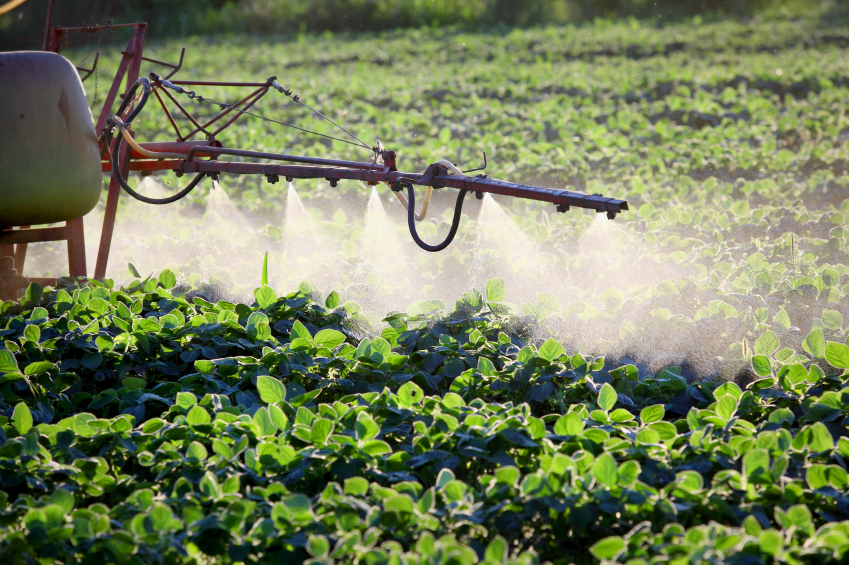EPA pledges to regulate PFAS in drinking water
01/28/2021 / By Divina Ramirez

On Tuesday, Jan. 19, the United States Environmental Protection Agency (EPA) announced new action items that would put the agency one step closer to regulating “forever chemicals” in drinking water.
The toxic chemicals, known as per- and polyfluoroalkyl substances (PFAS), have contaminated drinking water in the U.S. over the past few decades. More than two years ago, a former EPA administrator claimed the agency would regulate PFAS in drinking water after experts found PFAS were linked to various health risks.
But it wasn’t until Tuesday that anything came of that promise. The agency said it will now work on a national drinking water regulation under the federal Safe Drinking Water Act for the most well-known and pervasive PFAS variants in water supplies: perfluorooctanoic acid (PFOA) and perfluorooctane sulfonate (PFOS).
Now-former EPA Administrator Andrew Wheeler said the agency’s commitment to its mission to protect both public and environmental health from PFAS “has been unwavering.” He added that the agency has been delivering results for every key commitment they made in 2019 under the PFAS Action Plan.
But since the announcement came only a day before Joe Biden’s inauguration, it is now up to Biden appointee Michael Regan to follow through on that drinking water regulation, which now appears to be a tall order.
In an interview earlier that week, Wheeler said that the new team set to head the EPA should be well aware of all aspects of the agency. Wheeler explained that the EPA under former president Barrack Obama focused solely on climate change and neglected other important issues like the water crisis in Flint, Michigan.
PFAS threaten both public and environmental health
PFAS is a group of chemicals used to produce non-stick cookware and waterproof clothing. The chemicals had earned the moniker “forever chemicals” due to their strong resistance to degradation. (Related: FDA finds cancer-inducing “forever chemicals” in common grocery foods.)
PFAS have long been on the radar of environmental action groups. In fact, a non-profit organization known as the Environmental Working Group (EWG) released a study last October suggesting that over 200 million Americans could have PFAS in their drinking water at a concentration of one part per trillion (ppt).
This concentration has been proven safe by independent scientific studies. However, certain populations, such as children and people of color, are especially vulnerable to adverse health effects linked to PFAS exposure. These effects typically involve reproductive and developmental health. PFAS can also harm the kidneys.
Unfortunately, PFAS have grown to become a pervasive public and environmental health threat. They can now be found throughout the U.S. because their unregulated use for decades has led to improper disposal.
In turn, improper disposal has led to contaminated drinking water supplies. Some PFAS variants are also used in firefighting foam, which is why sites used for fire training have elevated levels of PFAS contamination.
But despite its pervasive presence in the environment, it might still be possible to reduce PFAS contamination in drinking water. The EPA’s announcement that it will be working on regulations for PFOA and PFOS is a good start. Chemical makers have also begun voluntarily phasing out the production of those two variants.
The chemical industry is also working to reduce ongoing contamination and clean up past contamination. But the EPA still has a long way to go before it regulates or fully bans all PFAS.
“We see other PFAS popping up,” said Philippe Grandjean, who teaches environmental health at the Harvard T.H. Chan School of Public Health in Boston. Grandjean warned that there could be more PFAS, or a combination of PFAS, lurking in the environment that need to be regulated or banned, too.
Learn more about the health risks associated with drinking PFAS-contaminated water at CleanWater.news.
Sources include:
Tagged Under: clean water, environment, Environmental Protection Agency, forever chemicals, PFAS, PFOA, PFOS, toxic chemicals
RECENT NEWS & ARTICLES
COPYRIGHT © 2017 POISON NEWS





















